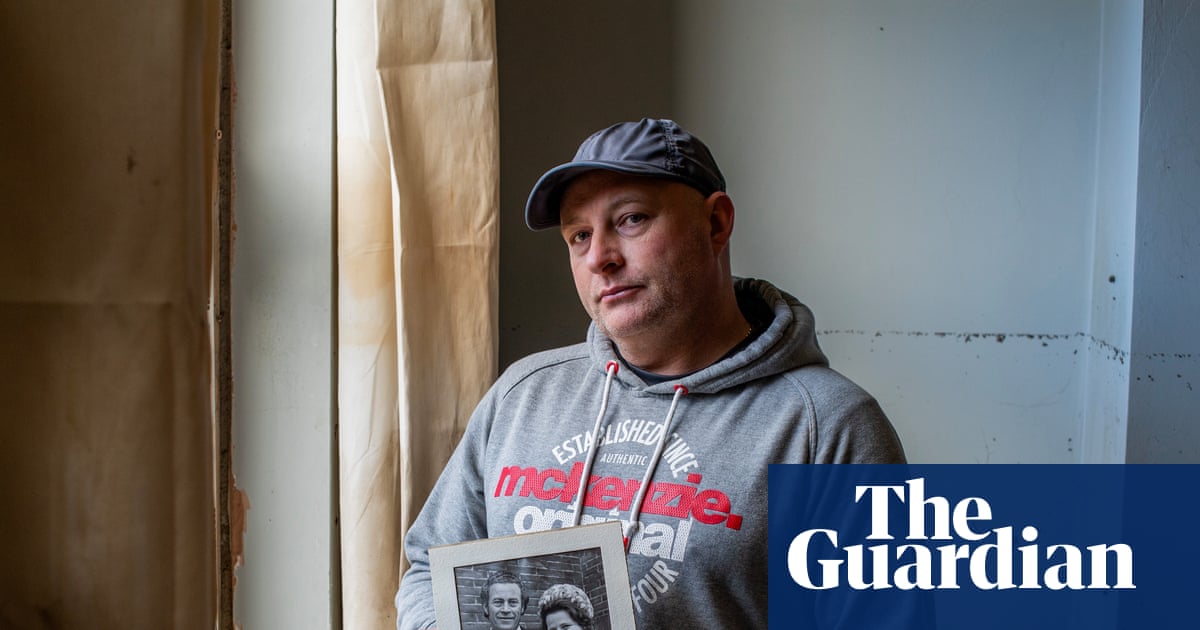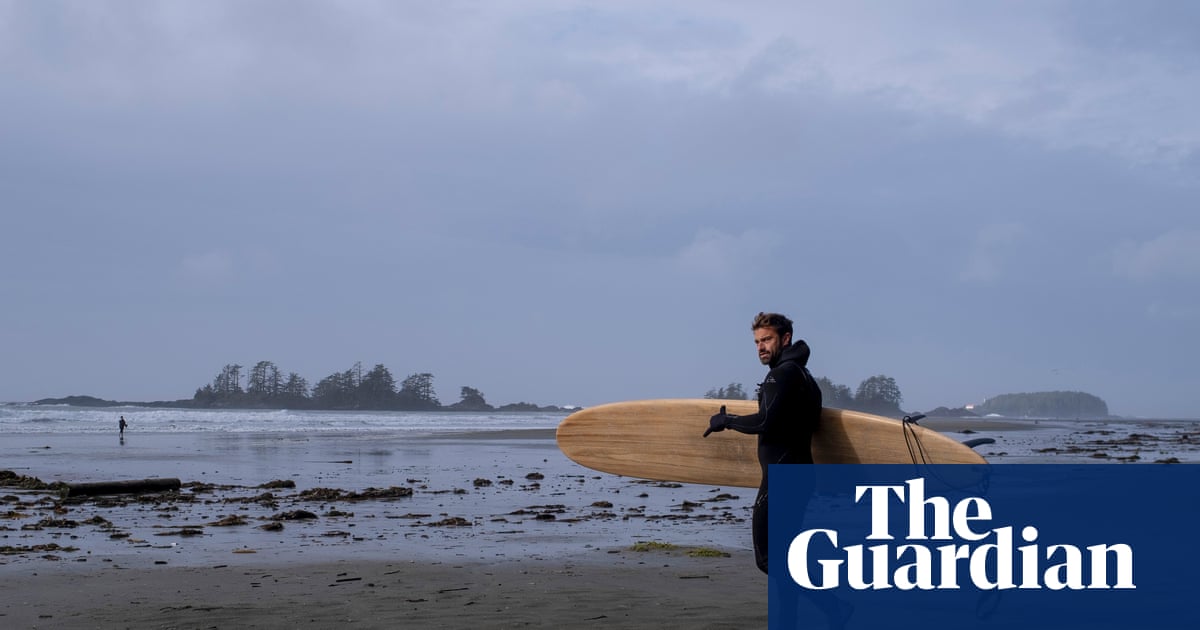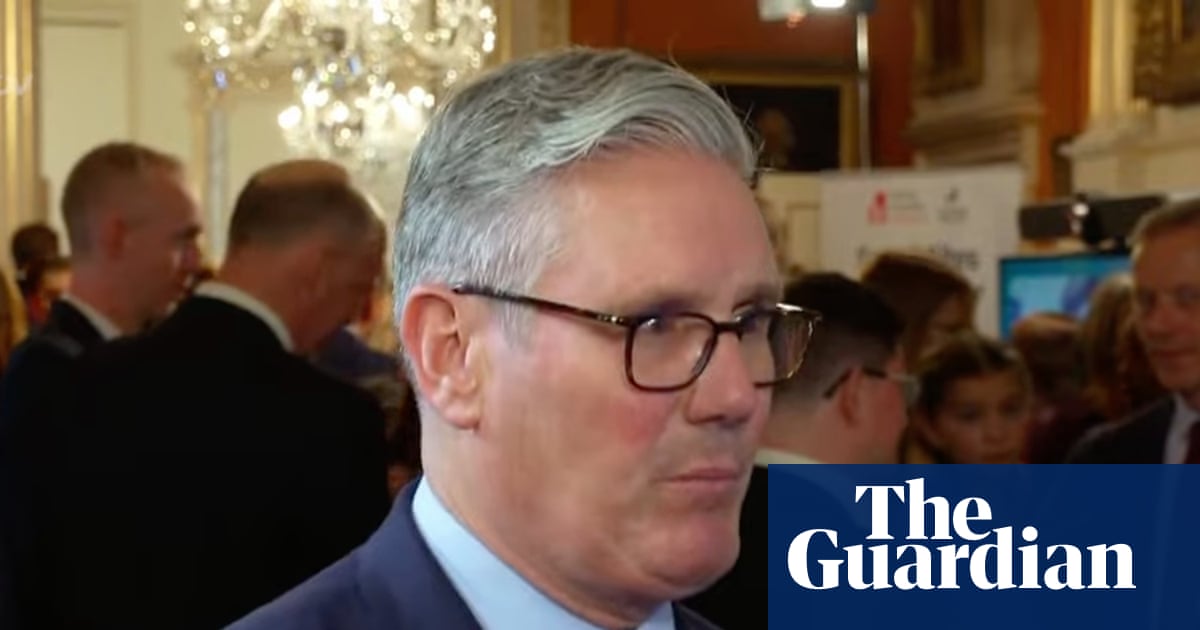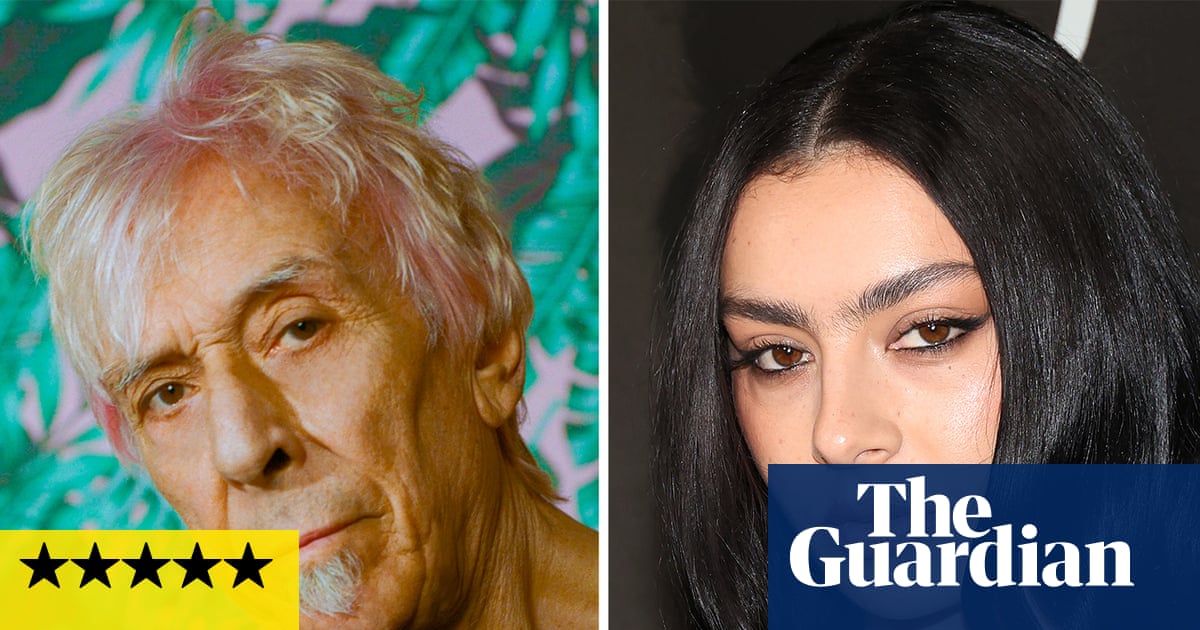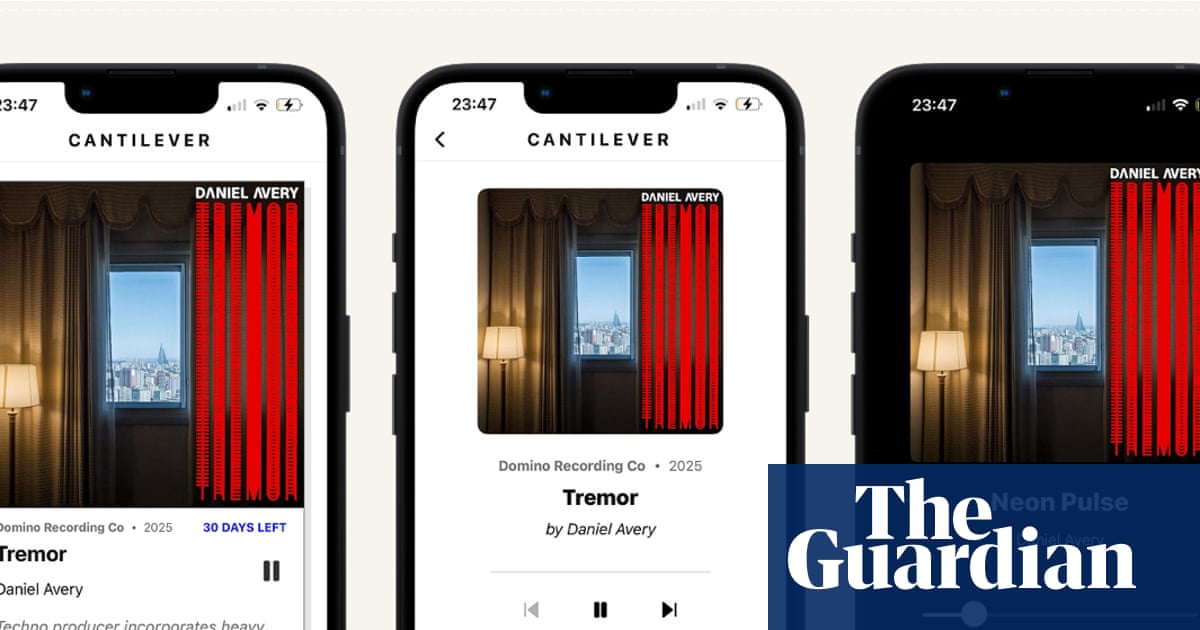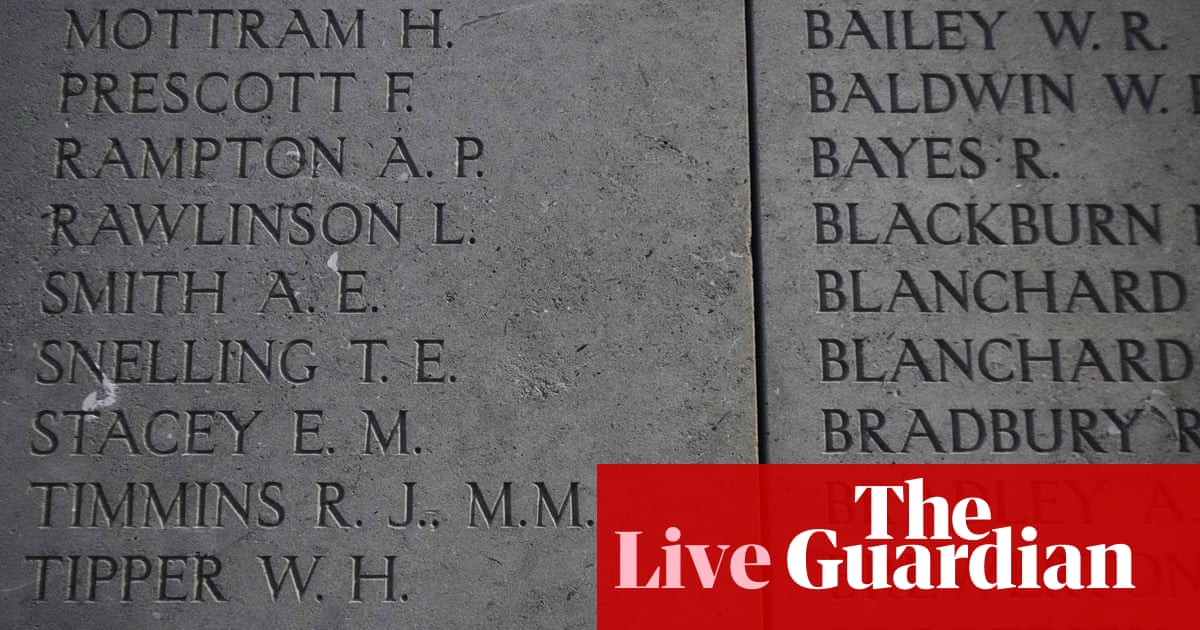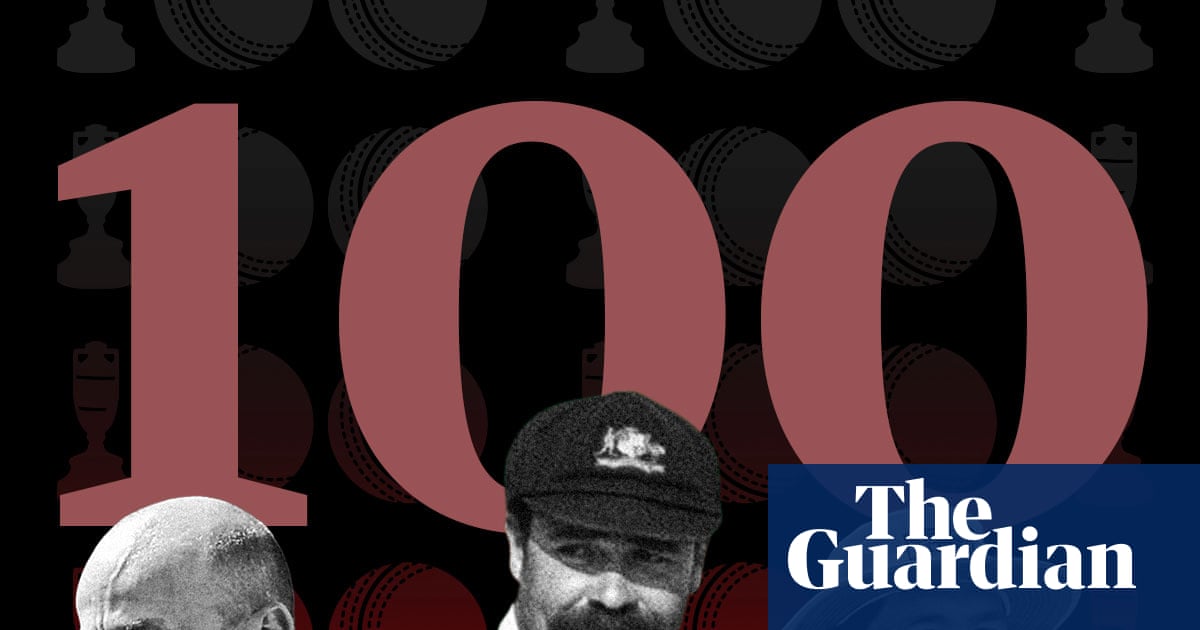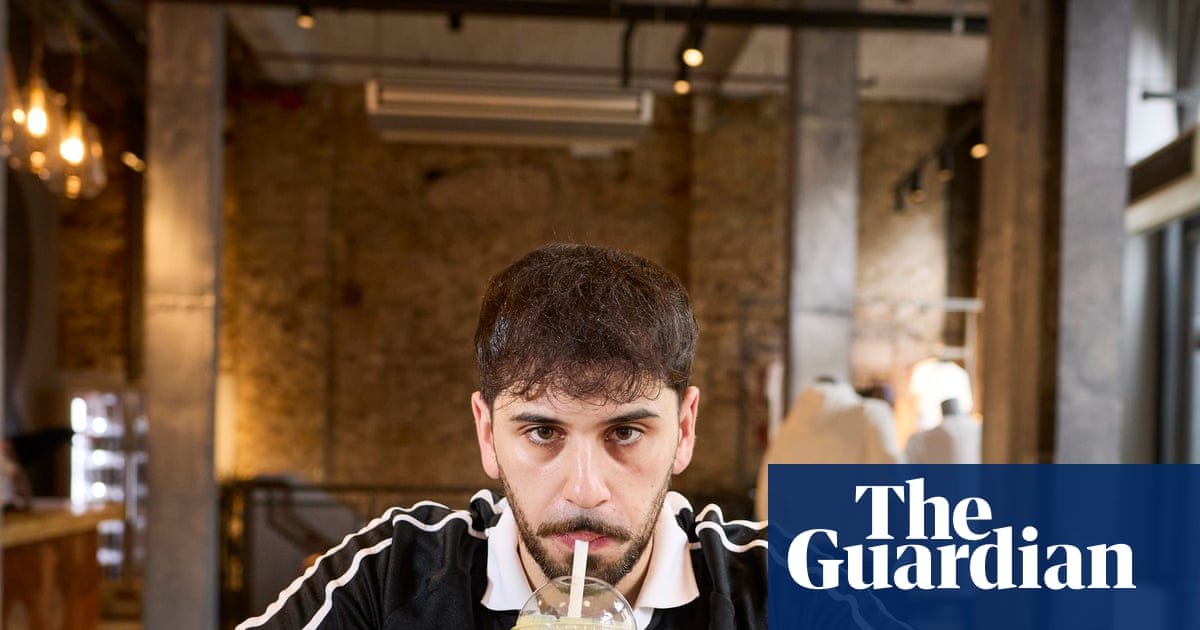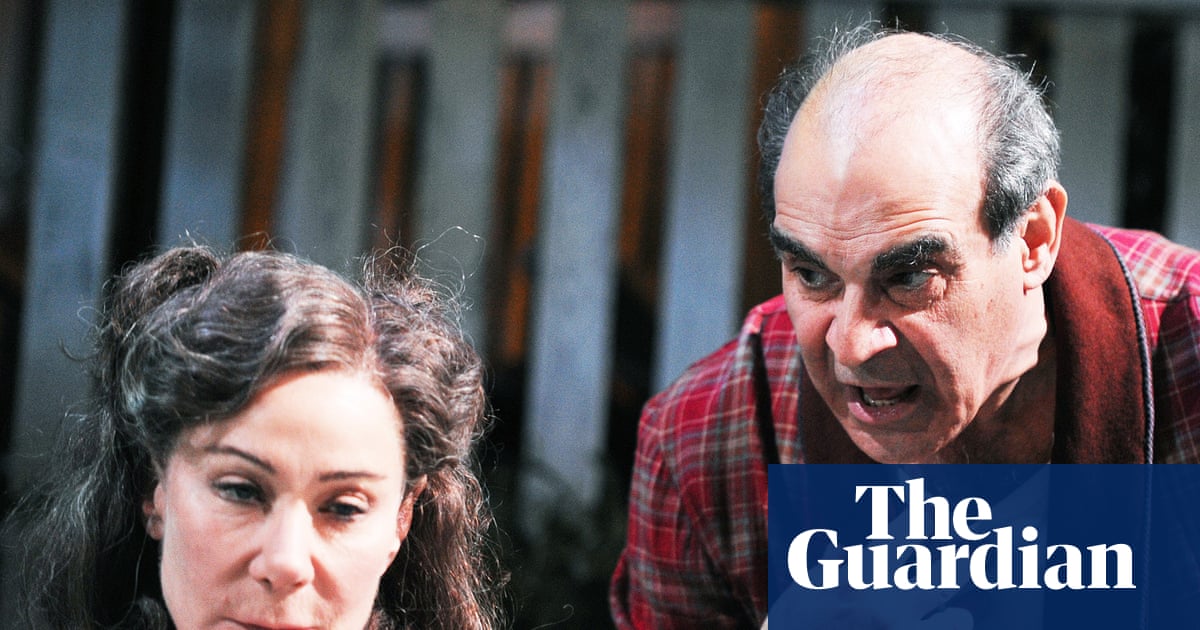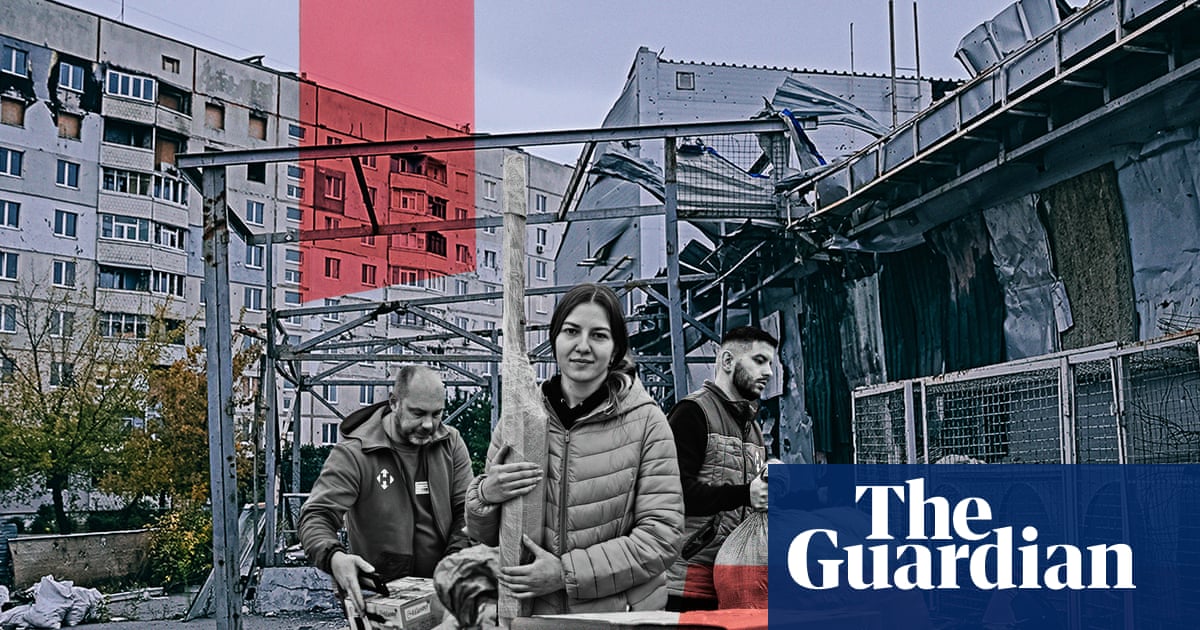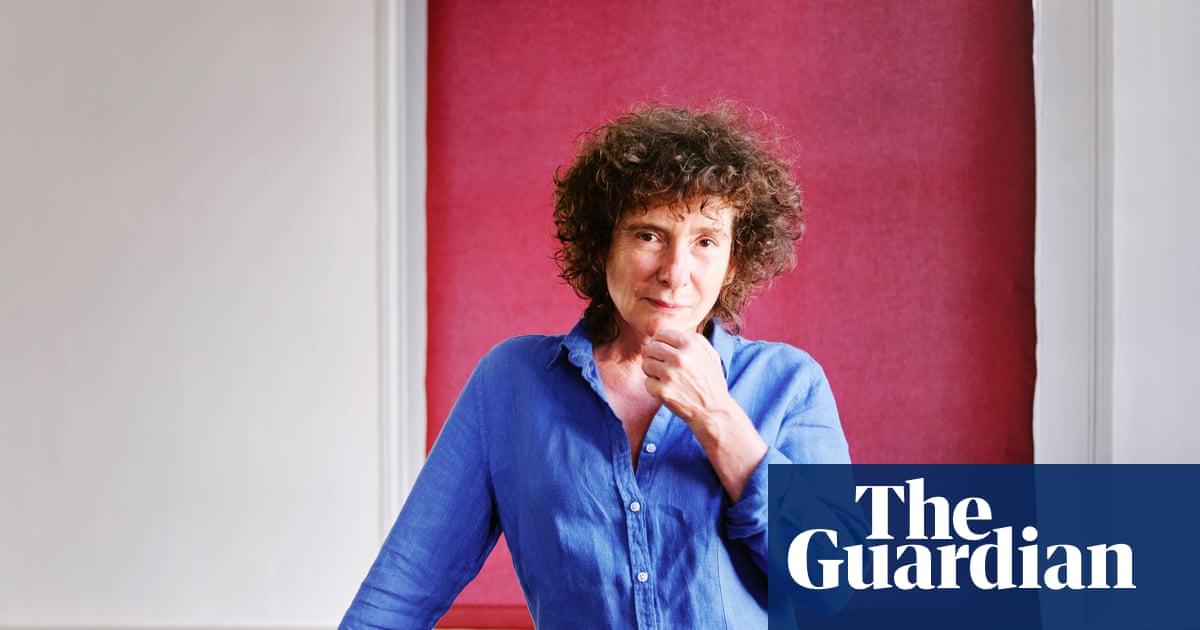‘I never show a single image of torture,” says French director Jonathan Millet. “When you leave things off-screen, often the image the viewer creates are the ones that are most deeply anchored in their fears and anxieties.” Millet’s new film, Ghost Trail, follows a Syrian refugee in Strasbourg as he attempts to locate the man who brutalised him in Sednaya prison, Damascus.
Ghost Trail therefore joins the roll call of cerebral films that manufacture an uncanny power from what isn’t depicted. But here, it’s not achieved in exactly the same fashion as ones where the consequential action is cropped out of view, like Auschwitz over the picket fence in The Zone of Interest. In Millet’s film, the invisible is compacted inside characters doing ostensibly banal things, more akin to Chantal Akerman’s housewife-observing Jeanne Dielman, 23 Quai du Commerce, 1080 Bruxelles.
It unfolds like a spy movie as a refugee called Hamid obsessively shadows a university professor he believes to be his former tormentor. Savouring his smell and the sound of his voice in a way that borders on the erotic, it’s as if he’s trying to grasp his unseen essence, and everything it implies. With this sense of politics, history and violence hidden in plain sight, the film it most resembles is Michael Haneke’s 2005 classic Hidden. “One of my starting points was to make us experience history in a very subjective way through the senses,” says the 40-year-old director, speaking via Zoom from his home in Paris.
It seems paradoxical that cinema, a visual medium foremost, can excel at evoking such invisible forces. But it had to be a particular kind of cinema. Millet had previously been a documentarian, making intrepid short features about the Ceuta enclave in north Africa, the Antarctic and the Amazon. Researching Syrian refugees in Europe in 2015, he came across a story of a vigilante group based in Germany who tracked down former Bashar al-Assad collaborators. After meeting with this cell on Zoom with their cameras turned off, and hearing about their work, he knew it was a compelling central hook.
But he realised he would have to switch tack to fiction; not merely because making a film about these real-life avengers was impossible, but because he needed access to a full dramatic toolkit in order to evoke the particulars of their work. “Everything they told me was so sensorial,” says Millet. “So many things that their bodies had lived through. With fiction, I could propose the viewer identify themselves, and feel these bodily sensations as well, because I could use other tools: sound, actors, recreating certain scenes.”
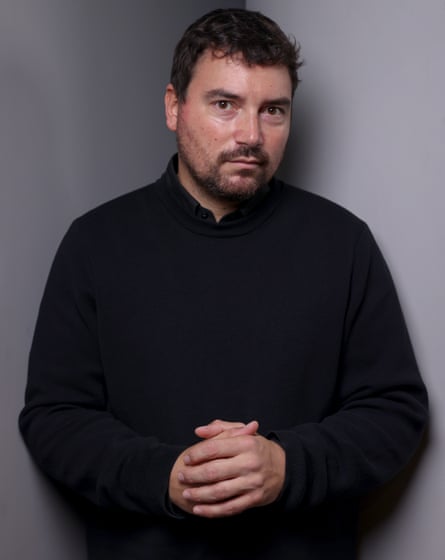
Even more than their actual mission, Millet says he was interested in the grey areas the group operated in. His story was based on their first case, in which the vigilantes reflected hard on whether to kill the perpetrator or turn him over to the authorities. Detaining an ostensibly legal asylum-seeker only to out them as a criminal ran the risk of playing into the far-right narrative. “Deciding that justice was the priority was extremely complicated for them. But that’s the choice they made finally,” says Millet (the group have subsequently made arrests in France, Germany and Sweden). That sense of doubt pervades the film, as Hamid tries to reconcile his instinctive call for revenge with higher ideals.
Lead actor Adam Bessa, who is French of Tunisian origins and has appeared in a handful of US films including the Extraction franchise, primed his body method-style to achieve the needed “febrility”. He slept little before the shoot, staying up late listening to accounts of tortured Syrian prisoners. He and Millet carefully defined Hamid’s body language, deciding, for example, that he would never sit with his back resting on a chair because of his scars.
This work culminated in an astonishing 12-minute cafe confrontation scene between Hamid and his presumed torturer Harfaz (played by Palestinian actor Tawfeek Barhom, unrecognisable from his role as a naive student in the recent Cairo Conspiracy). It’s a high-tension conversational grapple where Millet stresses the invisible undercurrents through his characters’ choice of language. “At a given moment, Harfaz insists they speak French to create a sort of hierarchy because he speaks it better,” says Millet, jigging back and forth as if still thrumming with the scene’s tension. “And there’s another reason, which I took from the real-life person he’s based on: he never wants to speak Arabic again. He wants to sever ties with everything from before.”
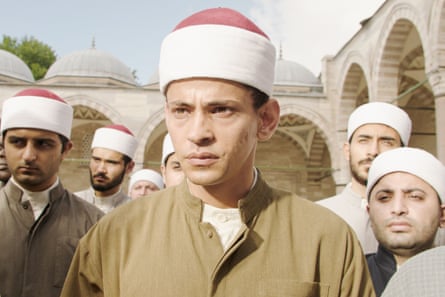
Millet’s own Arabic, which he started learning during a year spent in Syria after his baccalaureate, is a little rusty. He has travelled extensively in more than 50 countries, working as a photographer for NGOs and image databases. He credits his father, a marine architect who built prototype catamarans, for his itinerant streak. His parents divorced when he was one and he later spent months at sea with his dad between the West Indies and Brazil.
The long hours of enforced isolation sharpened his imagination. “It was an environment that left you with a multitude of questions,” says Millet. “Look, a boat on the horizon – who could it be? Everything is an excuse to imagine things.” This oceanic upbringing gave him a particularly intense sensitivity to the moving image – because he so rarely encountered them (his mother also had no TV). “So in my childhood, when I happened to see an advert or a television film, it held an incredible power for me. I would think about it for weeks and weeks.”
His mother was a social worker in the eastern Haute-Savoie region of France, and Millet admits that his film-making has evolved into a perfect union between her social consciousness and his father’s wanderlust. For example, his profoundly empathetic 2021 short feature La Disparition (The Disappearance) documents the routine of Amadeo, an ailing Amazonian who is the last remaining speaker of the Taushiro language; it’s cinema as cultural wake. Amadeo had no interest in the finished product, but he agreed to participate if Millet promised to show the film to his son, who had never seen the jungle after being adopted by missionaries and taken to Puerto Rico. Acquiring filmcraft, such as finding the human point of entry into a story, and exercising people skills to get them on board, are why Millet considers documentary-making his “film school”.
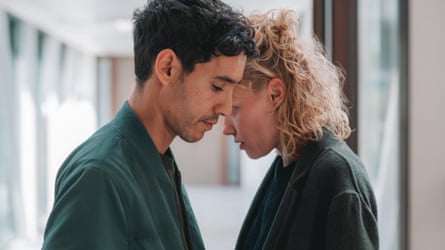
His long apprenticeship also made Millet aware of that still underaddressed cultural pitfall: imposing a western lens on the rest of the world. “I’m a European director, and I’m not looking to hide that,” he says. “I don’t think it has to be a trap. With each film, I just try to not be Eurocentric in my perspective; to be open, consider the characters as heroes of cinema above all, and be interested in their point of view without taking shortcuts and by doing lots of research.”
Ghost Trail didn’t just rest on his time in Syria; the script was reread by Syrian scriptwriter Hala Rajab, and Millet consulted local people extensively during editing. Most tellingly, there is only a single speaking role for a European in the film.
Millet is still on the move, having recently made three trips to the Pamir mountains on the Tajikistan-Afghanistan border for a new documentary about the arrival of electricity in a village. He says he’s finally achieved a balance in his film-making between addressing real subjects and letting his imagination run free. His next fiction film, called Les Rêves-Tempêtes (Dream-Storms) synthesises the two sides: it deals with the use of artificial dreams to treat traumatised soldiers returning from battle.
Millet says his goal is to push cinema deeper into the unconscious, the intangible and the invisible; inverse realms of representation towards which he made a defining breakthrough with Ghost Trail. “I really think it works,” he says. “My impression is that I’ve discovered the right tools, and now I need to go back there.”

 2 months ago
55
2 months ago
55
